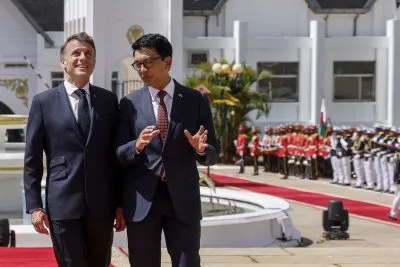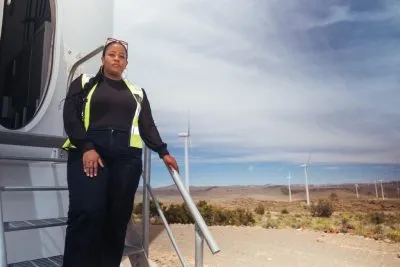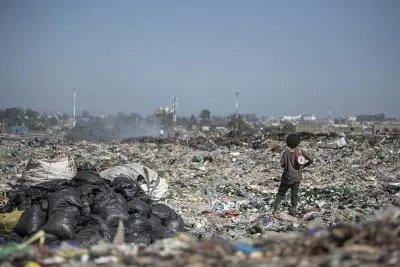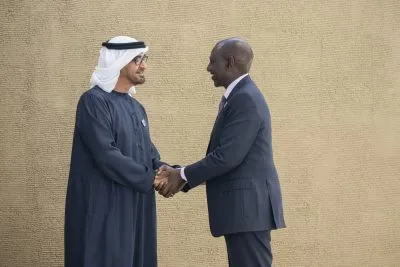The WGC figure is a very broad estimate, as they acknowledge. Essentially, the matter is opaque, as is the case with the quantities of copper tied up in similar deals – these loans are described as being within the shadow-banking sector for a reason.
Mining snapshots
Elsewhere, IAMGOLD’s Essakane Mine in Burkina Faso saw production up 5% in the first quarter, to 68,000 oz. A new processing line should mean more hard rock can be processed. With greater efficiency and a second crusher coming online in the second half, output is forecast to be 25% higher in 2014 than 2013.
The company is also looking into tapping into the Ouagadougou power grid and/or using solar power to lower its energy costs.
Its Boto Gold Project in Senegal has an indicated resource of 1.1m oz. All-in sustaining costs company-wide were at $1,198/oz.
Profits were up 14% to $171m. Loulo-Gounkoto mine aims to be profitable even if gold falls to $1,000/oz
*One of the biggest new mines on the continent is going from strength to strength. The DR Congo’s Minister of Mines, Martin Kabwelulu, formally opened the $2.5bn Kibali mine in the country (45% owned by Randgold Resources, 45% by Anglo GoldAshanti and 10% by parastatal SOKIMO).
The mine is, in fact, already operating and produced 88,200 oz in its first quarter (ending December 2013), with EBITDA at a profitable $68.3m. The first of four hydropower plants, with a capacity of 22MW is being commissioned.
CEO Mark Bristow says, “Kibali must become the catalyst that triggers the additional investment required to grow a strong regional economy.” The vast mine has the potential to drive Province Orientale forward to rival Katanga as an engine of economic growth.
Kibali and Mali’s Loulo-Gounkoto mine (the latter 80% owned by Randgold, 20% by the government of Mali) have the potential to produce 600,000 oz each per year. Gold sales for the first quarter, year on year, rose to $363m. Profits were up 14% to $171m. The company aims to be profitable even if gold falls to $1,000/oz.
*Randgold has welcomed the new mining code in Côte d’Ivoire, where it operates the Tongon mine. The company is investing $6m in exploration at 12 other sites in the country, aiming to exceed 1m oz in production this year.
*The major factor that has changed the upward trend in gold prices to a downward trend are, according to GFMS, institutional investors switching to assets such as equities and government bonds, whose yields are rising as quantitative easing programmes are wound down.
It is unlikely that prices will fall so low that African gold miners will start to lose money en masse. Platinum miners are likely to be in for a much rougher ride.
Want to continue reading? Subscribe today.
You've read all your free articles for this month! Subscribe now to enjoy full access to our content.
Digital Monthly
£8.00 / month
Receive full unlimited access to our articles, opinions, podcasts and more.
Digital Yearly
£70.00 / year
Our best value offer - save £26 and gain access to all of our digital content for an entire year!
 Sign in with Google
Sign in with Google 


